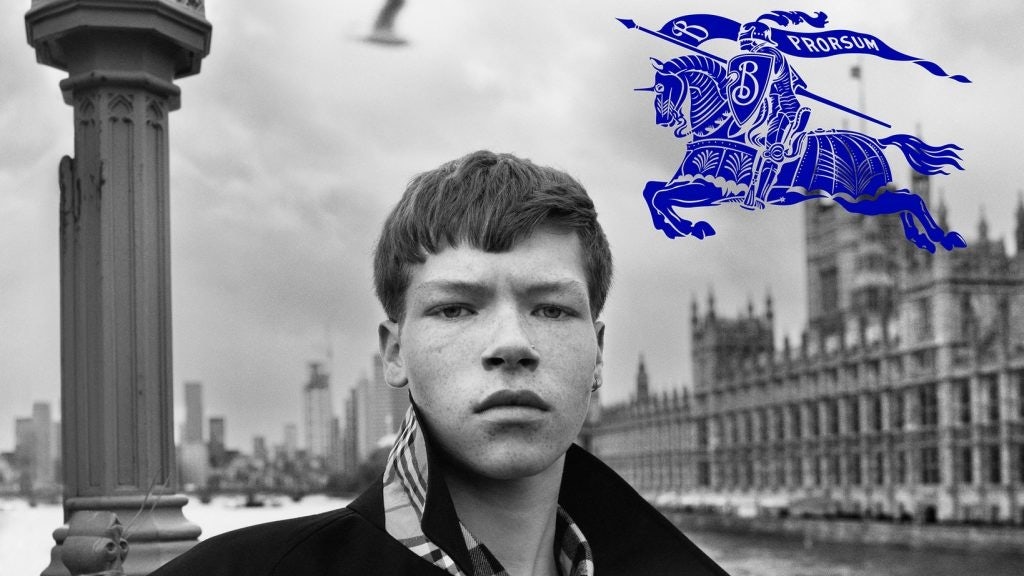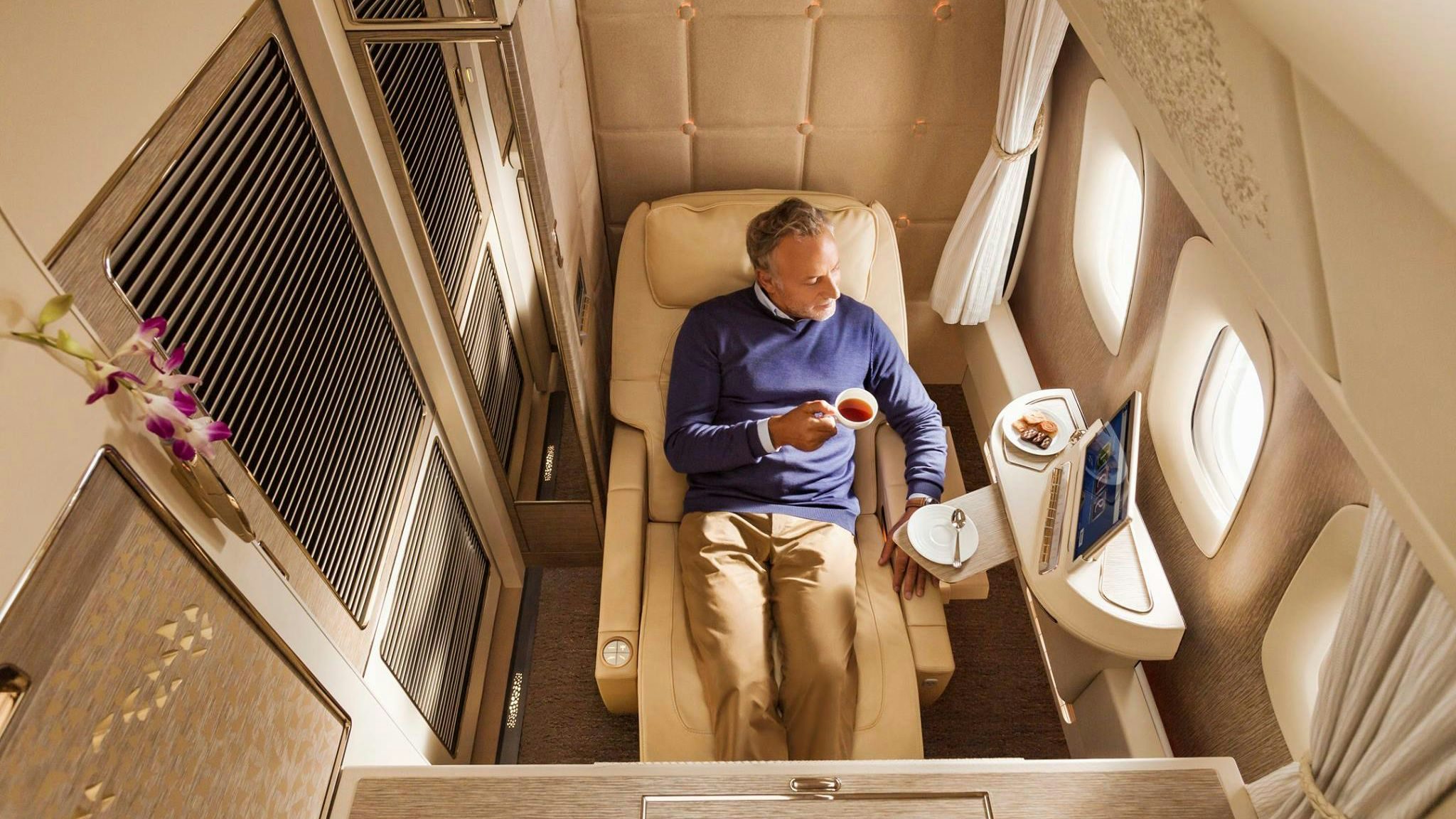In my last Future of Luxury column, I argued that getting the human connection right is the top weakness for premium and luxury brands.
As I wrote, “In a time when technology reigns supreme and when brands spend enormous amounts on real estate, design, interiors, and amenities, it is easy to overlook the importance of the human touch in building brand loyalty and creating lasting relationships with consumers. However, this is precisely what luxury brands must focus on if they hope to succeed in the long term.”
It became one of the most read and most shared articles of this column. This underscores the critical importance of addressing the changing reality for premium and luxury brands.
Typically, brands in the premium and luxury space focus on brand image, awareness, and craftsmanship, including quality markers like fine leathers and exceptional ingredients. They also, when applicable, highlight their heritage with labels like Made in Italy, Made in Germany, or Made in Paris.
However, many of these attributes are no longer driving value with clients. They have changed from value creators to simply what is expected from luxury products. In the case of “Made in Italy,” a recent study by Équité Research shows that for American clients, the term is predominantly associated with pizza, pasta, and the movie of the same name — not at all with elegance, style, or any kind of aspiration. Good luck to luxury brands relying on traditional credentials like these.
Burberry, under the new creative direction of Daniel Lee, has started to look back at its heritage and highlight its Britishness. But what it should be doing is asking itself, what is the value creation model of the brand? Britishness is a generic term that means different things to almost everyone. While it sounds like a great idea to go back to the brand’s origin, much more relevant for today’s and especially tomorrow’s luxury clients is understanding precisely what the brand stands for, rationally and emotionally. Luxury houses that overly rely on traditional markers will not make the cut.

The most fundamental difference between the reality of premium and luxury brands today compared to in the past is that neither distribution nor accessibility to brands is a hurdle in a digital world where practically every item is a click away.
The new bottleneck is connecting with clients. In a reality where 95 percent or more of all premium and luxury purchase decisions originate during the digital customer journey, and where algorithms of social media platforms determine whether a client sees something or not, turning a potential client into a paying customer has become a new art for brands.
And the time brands have from the initial contact to the sales conversion is decreasing dramatically. Even in luxury, if a digital interaction does not convert immediately or at least does not change the perception towards the brand, then there is a significant probability that the client is lost altogether.
Which is why creating cultural capital is so critical. And to create cultural capital, brands need to have full clarity on who they are. You may argue that this is not new. However, what is new is that it requires a never-before-seen precision in not just defining the emotional core of the brand but also communicating it. This needs to happen along each and every touchpoint of a client's experience.
As I write this column, I am sitting in first class in an airline on the way to a luxury masterclass. The seats are great, the food is nicely curated, and the staff is incredibly friendly. However, the experience resembles every other first-class experience. As a result, there is no brand-specific value created.
What many brands forget is that on the top level, there are many choices. Many brands offer similarly well-defined experiences. The challenge is to make them brand-specific and to create a consistent emotional connection that is unique to the brand.
Going back to the example of Burberry: Instead of highlighting its Britishness, what the brand should think about is, what does it mean to be Burberry? How does it create desirability and extreme value for clients? What is the brand story in the eyes of clients who have a choice between many aspirational brands?
This is why the principles of premium and luxury marketing are changing. In my brand audits across categories, I find that at least 90 percent of brands of today are relying too much on traditional brand markers and are unable to connect with future clients on an emotional level. And without the emotional connection, there is no consistent human touch. Without human touch, there is no desirability and no value created.
The real differentiator is how we make people feel. How we make them feel special in a way only a specific brand can do.
This requires a totally different marketing approach. A genuine human-centric approach where the brand develops full clarity on what its specific role is in the life of a client who has many choices and the necessary means to act on them. The challenge for most brands is that they take an inside-out approach that almost certainly prevents them from taking an outside-in approach from a client’s perspective.
Even worse, what brands often forget — even at the absolute top level — is that they are just a fraction of their clients’ lives. This is why creating desirability through emotional brand storytelling then delivering on that story at every touchpoint is the new paradigm in luxury.
Half of today’s luxury brands will not make it to the end of this decade because they rely too much on the old paradigm. And we see that the distance between today’s best brands and the rest is increasing. There is a lot of work to do.
This is an opinion piece where all views expressed belong to the author.
Named one of the “Global Top Five Luxury Key Opinion Leaders to Watch,” Daniel Langer is the CEO of the luxury, lifestyle and consumer brand strategy firm Équité, and the executive professor of luxury strategy and pricing at Pepperdine University in Malibu, California. He consults many of the leading luxury brands in the world, is the author of several best-selling luxury management books, a global keynote speaker, and holds luxury masterclasses on the future of luxury, disruption, and the luxury metaverse in Europe, the USA, and Asia.
Follow him: LinkedIn: https://www.linkedin.com/in/drlanger, Instagram: @equitebrands /@thedaniellanger



